Cytopoint Injection For Dogs
Cytopoint injection for dogs UK is administered subcutaneously (by injection to just under the skin) and works by binding to IL-31 (a protein in the body that plays a big role in causing itching), thereby preventing it from triggering pruritus (itchiness). Research indicates that a single subcutaneous injection of 2 mg/kg lokivetmab produces significant suppression of pruritus starting 3 hours post-treatment, with effects lasting up to 42 days (Wiley, 2023).
This article will explore Cytopoint injection for dogs, its effectiveness, safety, and potential concerns, while also discussing alternative treatment approaches, including topical solutions that support skin barrier repair.
Effectiveness and Duration Of Cytopoint
- At 2.0 mg/kg, a significant reduction in itchiness was observed within 3–5 hours post-treatment.
- The effect was dose-dependent, with results lasting 14, 28, and 42 days for doses of 0.125 mg/kg, 0.5 mg/kg, and 2 mg/kg, respectively (MDPI, 2024).
- Unlike steroids or immunosuppressants, Cytopoint for dogs works naturally with the immune system, making it an alternative to drugs like Apoquel.
How Cytopoint Works and How It's Given to Dogs
How Cytopoint Works: Cytopoint is a monoclonal antibody designed to target and block a protein called interleukin-31 (IL-31). This protein plays a key role in triggering itchiness associated with allergic reactions, like those seen in atopic dermatitis. By binding to IL-31, Cytopoint blocks the signals that trigger itching, helping to reduce your dog’s discomfort. Itchiness generally starts to improve within a few days of the injection, and the effects can last anywhere from 4 to 8 weeks.
How Cytopoint is Given: Cytopoint is administered through an injection given under your dog’s skin, similar to a vaccination. A veterinarian will determine the appropriate dosage based on your dog’s weight, ensuring they receive the correct amount for optimal effectiveness.
When to Give Another Injection: To determine when your dog needs another injection, you should monitor their scratching behavior. Once you notice your dog starting to scratch again, it may be time for the next Cytopoint injection. On average, re-administration is required every 4 to 8 weeks, depending on how long the effects last for your dog.
Other Considerations:
- Cytopoint is a prescription medication, meaning it can only be obtained with a veterinarian’s approval.
- It’s important to consult your veterinarian for advice on the safe administration of Cytopoint to ensure it's suitable for your dog’s specific condition.
- Pregnant women should avoid administering this product due to safety concerns. Always follow your vet's guidance for handling the medication.
Is Cytopoint Safe for Dogs?
While Cytopoint for dogs UK is generally considered safe, it is crucial to assess reported side effects:
1. Mild Lethargy:
Why it happens:
Cytopoint targets a protein (IL-31) involved in allergic reactions. Sometimes, when the body encounters this new protein, it reacts as if it's a foreign invader, causing a mild immune response. This can make some dogs feel tired or lethargic. This side effect usually goes away on its own as the body adjusts to the treatment. Similar reactions are seen in human medicine with other monoclonal antibody treatments.
2. Gastrointestinal Upset (e.g., vomiting or diarrhea):
Why it happens:
When Cytopoint activates the immune system, it can cause mild inflammation, which might affect the digestive system. This can result in symptoms like upset stomach or diarrhea. The drug works by targeting IL-31, but it can also indirectly affect the gut’s immune system. This kind of reaction is rare, but it has been observed in studies of other monoclonal antibody treatments.
3. Allergic Reactions:
Why it happens:
Allergic reactions are uncommon but possible. If a dog’s immune system recognizes Cytopoint as something unfamiliar, it can trigger an allergic response, such as swelling, hives, or even more serious reactions. This happens when the immune system releases histamine and other chemicals. Some dogs may also have sensitivities to proteins similar to Cytopoint, leading to a stronger immune reaction. This is a risk with many monoclonal antibody treatments.
4. Neurological Signs (e.g., ataxia, convulsions, or seizures):
Why it happens:
Neurological side effects are rare, but they can happen in some dogs. Cytopoint not only affects the immune system but also has the potential to influence the brain’s immune pathways. This might lead to unusual symptoms like seizures or balance problems. While this is not common, it’s important to be aware that immune-modulating treatments can sometimes cause unexpected reactions in sensitive dogs. Similar effects have been documented in humans who receive monoclonal antibody treatments.
Potential Risks and Concerns with Cytopoint
Monoclonal antibodies (mABs), like Cytopoint, are a newer type of treatment in veterinary medicine. While they have been used in humans for some time, their use in pets is relatively new, and the long-term effects are not fully known. Pets have different bodies and immune systems compared to humans, so the way they react to these treatments can vary. Differences in metabolism, immune system response, and breed-specific physiology can lead to varying outcomes, and these factors must be considered when evaluating side effects and reactions to mAB therapies in animals.
In short, while Cytopoint seems safe for most pets, there’s still a lot to learn about how it affects different animals over time.
While the blocking of IL-31 reduces itch, IL-31 also plays a protective role in various organ systems, including the lungs, nervous system, and gastrointestinal tract. Long-term suppression of this cytokine may increase susceptibility to infections or affect nerve signalling (MDPI, 2024). Cytology is crucial in identifying underlying infections before proceeding with injectable treatments.
Is Cytopoint Safer Than Apoquel?
Pet owners often ask, Is Cytopoint safer than Apoquel? Unlike Apoquel, which modulates the immune system, Cytopoint acts as a targeted biological therapy without suppressing overall immune function. However, Cytopoint’s effectiveness can vary among dogs.
| Feature | Cytopoint | Apoquel |
|---|---|---|
| Mechanism | Targets IL-31 | JAK inhibitor (modulates immune response) |
| Speed of action | 3-5 hours | 4 hours |
| Duration | 4–8 weeks | Daily tablet |
| Safety profile | No known immunosuppression | May suppress immune function |
| Side effects | Mild lethargy, rare GI upset | Increased risk of infections, potential GI issues |
| Cost | Higher per injection | Lower cost per tablet |
Comparison of Veterinary Monoclonal Antibodies (mABs)
Various monoclonal antibodies are used in veterinary medicine, each targeting different conditions.
| mAb Name | Targeted Condition | Mechanism of Action | Duration of Effect |
|---|---|---|---|
| Cytopoint (Lokivetmab) | Canine atopic dermatitis | Binds IL-31 to reduce pruritus | 4-8 weeks |
| Solensia (Frunevetmab) | Feline osteoarthritis pain | Blocks NGF (nerve growth factor) | ~4 weeks |
| Librela (Bedinvetmab) | Canine osteoarthritis pain | Blocks NGF to reduce pain | ~4 weeks |
| Therapies in Development | Various inflammatory conditions | Cytokine or receptor blockade | Varies |
How Much Does a Cytopoint Injection for Dogs Cost?
The cost of Cytopoint injection for dogs UK varies based on location and clinic, generally ranging from £50–£100 per injection.
What Are the Alternatives to Cytopoint?
There is no one-size-fits-all approach, and treatment should be guided by cytology results, severity of the issue, and comorbidities. Some potential alternatives include:
- Antihistamines (e.g., cetirizine) – mild cases may respond, but efficacy is questionable. See our blog on can you give a dog piriton or can I give my dog benadryl and apoquel
- Omega-3 fatty acids – help reduce inflammation over time (article on this discussing pros, cons and cautions coming soon)
- Topical treatments – repairing the skin barrier defect is essential in reducing itchiness such as DermaRenew or DermaProtect
- Apoquel – suitable for moderate to severe cases, but requires ongoing monitoring. See table above for more information.
- Steroids – only recommended for short-term, severe flare-ups due to potential side effects.
- Allergen-specific immunotherapy (ASIT) – a long-term option for diagnosed environmental allergies.
Why Skin Barrier Repair is Critical
Itch relief alone is not enough. Addressing the skin barrier defect is crucial to preventing recurrent issues. Our DermaRenew and DermaProtect Serums help:
- Strengthen the skin barrier
- Reduce inflammation naturally
- Support emotional and psychological well-being by alleviating stress caused by chronic itching
What Can I Give My Dog to Stop Licking Himself?
- Discuss various prescription only medicine options with your vet. The decision will depend on cytology results, blood test results, the breed, age, any comorbidities, pre-exisiting or undiagnosed conditions, current medications to name a few.
- Topical skin barrier repair serums
- Diet adjustments to support skin health
- Environmental allergen management
- Veterinary consultation to rule out bacterial, yeast, or parasitic infections via cytology. This will require a course of antifugals or antibiotics.
FAQs on Cytopoint - Short Summary
How long does Cytopoint stay in a dog's system?
The effects of Cytopoint typically last between 4 to 8 weeks, depending on the dosage given to the dog.
Can an allergy shot make a dog sick?
Side effects from Cytopoint are rare but may include mild lethargy or minor swelling at the injection site.
Does Cytopoint stop paw licking?
Yes, Cytopoint can help stop paw licking if it is caused by allergic itching. However, it's important to rule out underlying infections or other skin conditions first.
Is Cytopoint hard on the liver?
There is no evidence to suggest that Cytopoint causes direct liver toxicity in dogs.
Does Cytopoint make dogs aggressive?
There are no studies indicating that Cytopoint causes behavioural changes like aggression. However, as with any medication, individual reactions can vary.
Does Cytopoint make dogs sleepy?
Some dogs may experience mild lethargy after receiving the Cytopoint injection, though this is typically temporary.
Does Cytopoint make dogs throw up?
Vomiting is uncommon but has been reported in some cases as a side effect of Cytopoint.
Conclusion
Cytopoint is a valuable tool in managing canine atopic dermatitis, offering a targeted, steroid-free solution. However, it should be part of a comprehensive treatment plan, including topical serums for skin barrier repair, dietary support, and cytology-based diagnostics.
References
Studies on Monoclonal Antibodies and Their Mechanisms
American Journal of Veterinary Research. (2020). Hypersensitivity and allergic reactions to monoclonal antibody therapies in veterinary practice. American Journal of Veterinary Research, 77(7), 862-868.
Gonzales, A. J., Humphrey, W. R., Messamore, J. E., et al. (2016). Interleukin-31: Its role in canine pruritus and naturally occurring canine atopic dermatitis. Veterinary Dermatology, 27(1), 48-e13.
Journal of Clinical Immunology. (2019). The role of cytokine modulation in monoclonal antibody therapy and its effects on the gastrointestinal system. Journal of Clinical Immunology, 39(4), 315-324.
Journal of Immunology Research. (2017). Infusion-related reactions to monoclonal antibodies in human medicine. Journal of Immunology Research, 2017, 1060457.
Michels, G. M., Ramsey, D. S., Walsh, K. F., et al. (2016). A blinded, randomized, placebo-controlled trial of the safety of lokivetmab (ZTS-00103289), a caninized anti-cIL-31 monoclonal antibody in client-owned dogs with atopic dermatitis. Veterinary Dermatology, 27(6), 505-e136.
MDPI. (2024). Monoclonal antibodies in veterinary medicine. MDPI.
Neurotherapeutics. (2011). Neuroimmune interactions and the effects of monoclonal antibodies in the central nervous system. Neurotherapeutics, 8(3), 634-641.
Wiley. (2023). Effects of lokivetmab on canine pruritus. Wiley Online Library. Available at: https://onlinelibrary.wiley.com/doi/pdf/10.1111/vde.12943
Studies on Atopic Dermatitis and Related Topics
Olivry, T., Marsella, R., Iwasaki, T., & Mueller, R. (2007). Validation of CADESI-03, a severity scale for clinical trials enrolling dogs with atopic dermatitis. Veterinary Dermatology, 18(2), 78-86. https://doi.org/10.1111/j.1365-3164.2007.00625.x
Souza CP, Rosychuk RA, Contreras ET, Schissler JR, Simpson ACA. Retrospective analysis of the use of lokivetmab in the management of allergic pruritus in a referral population of 135 dogs in the western USA. Vet Dermatol. (2018) 29:489–e164. 10.1111/vde.12682

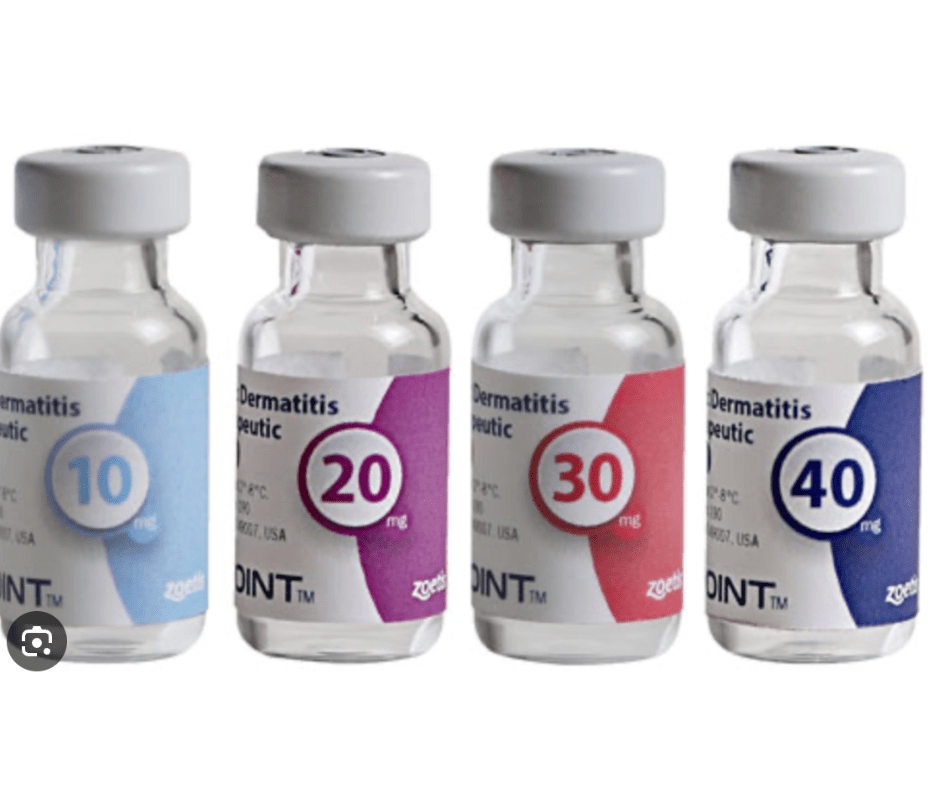
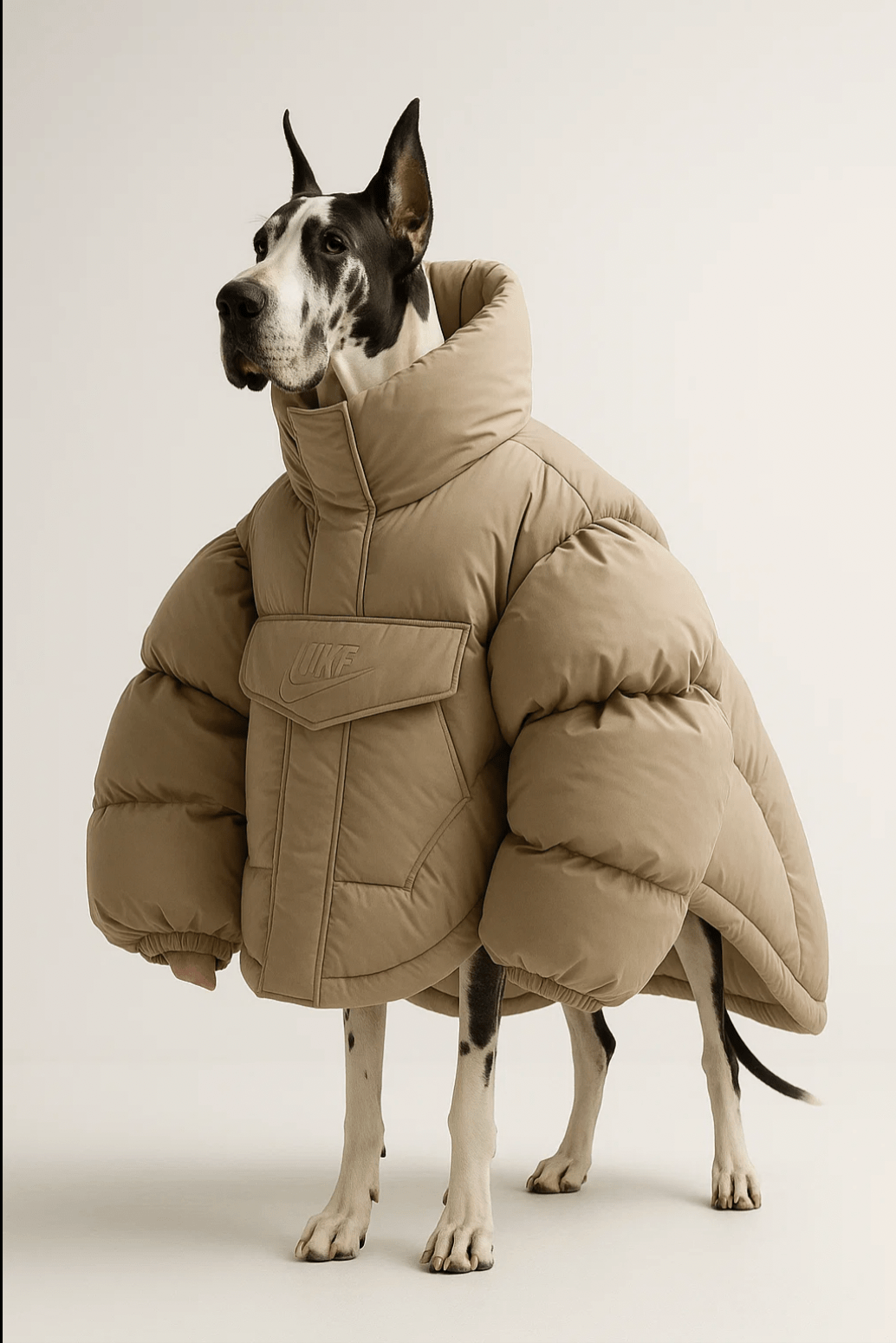

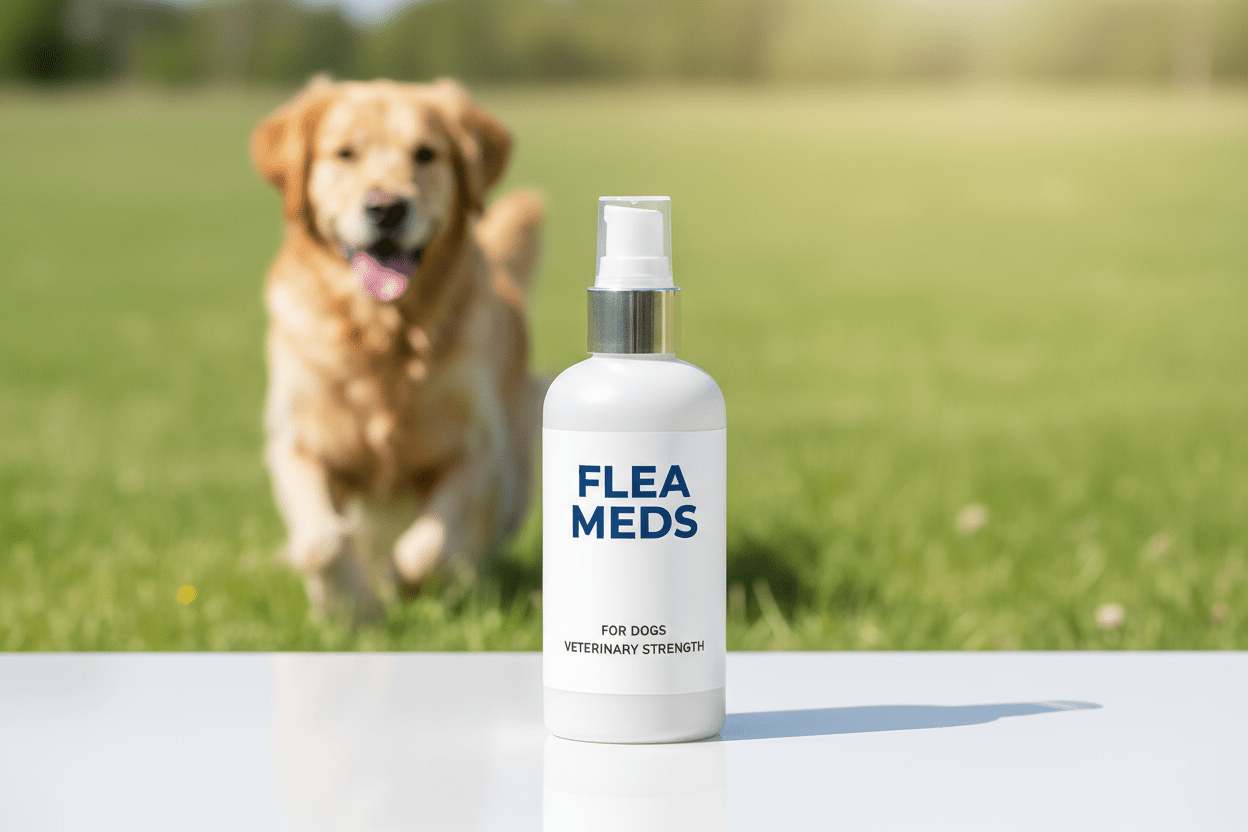
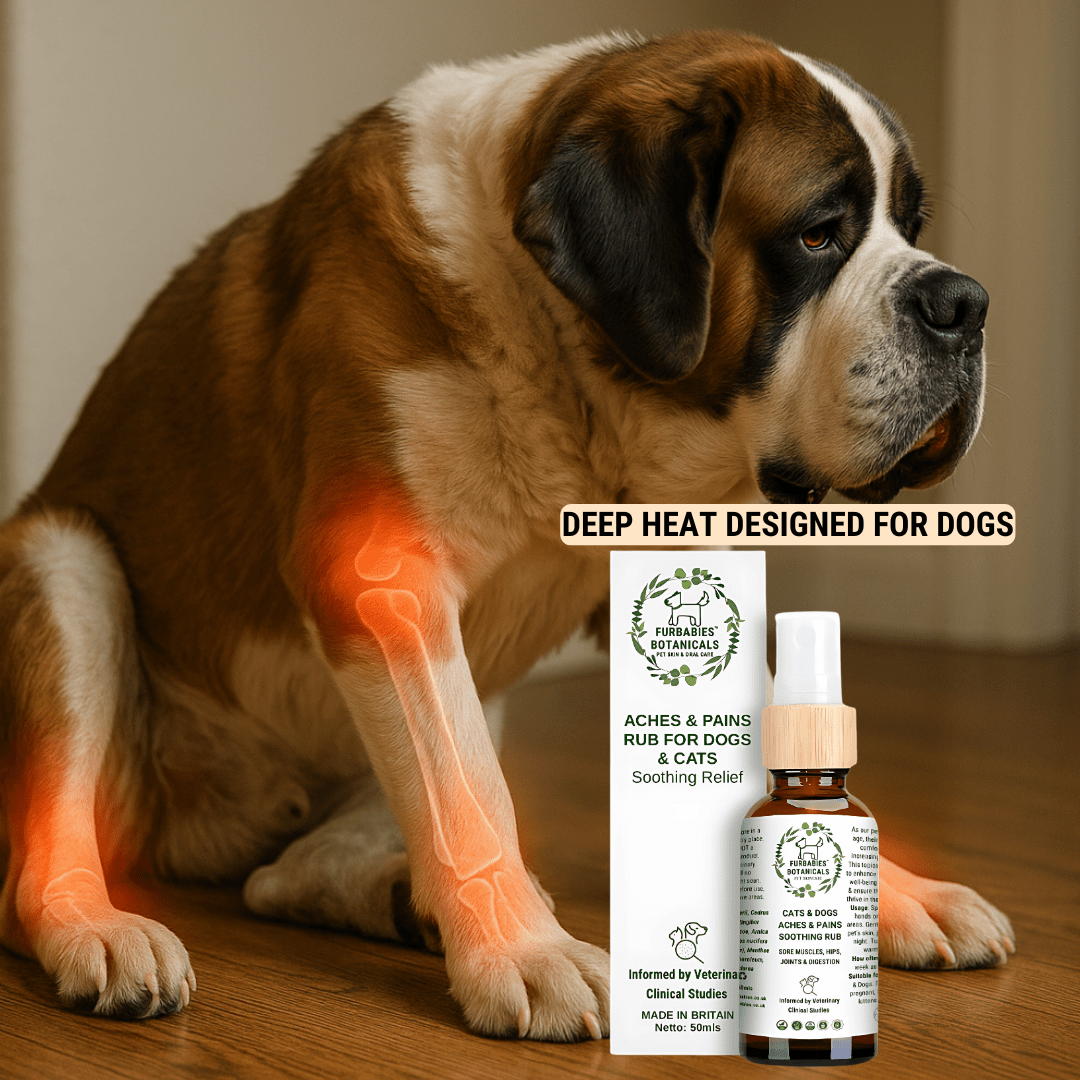







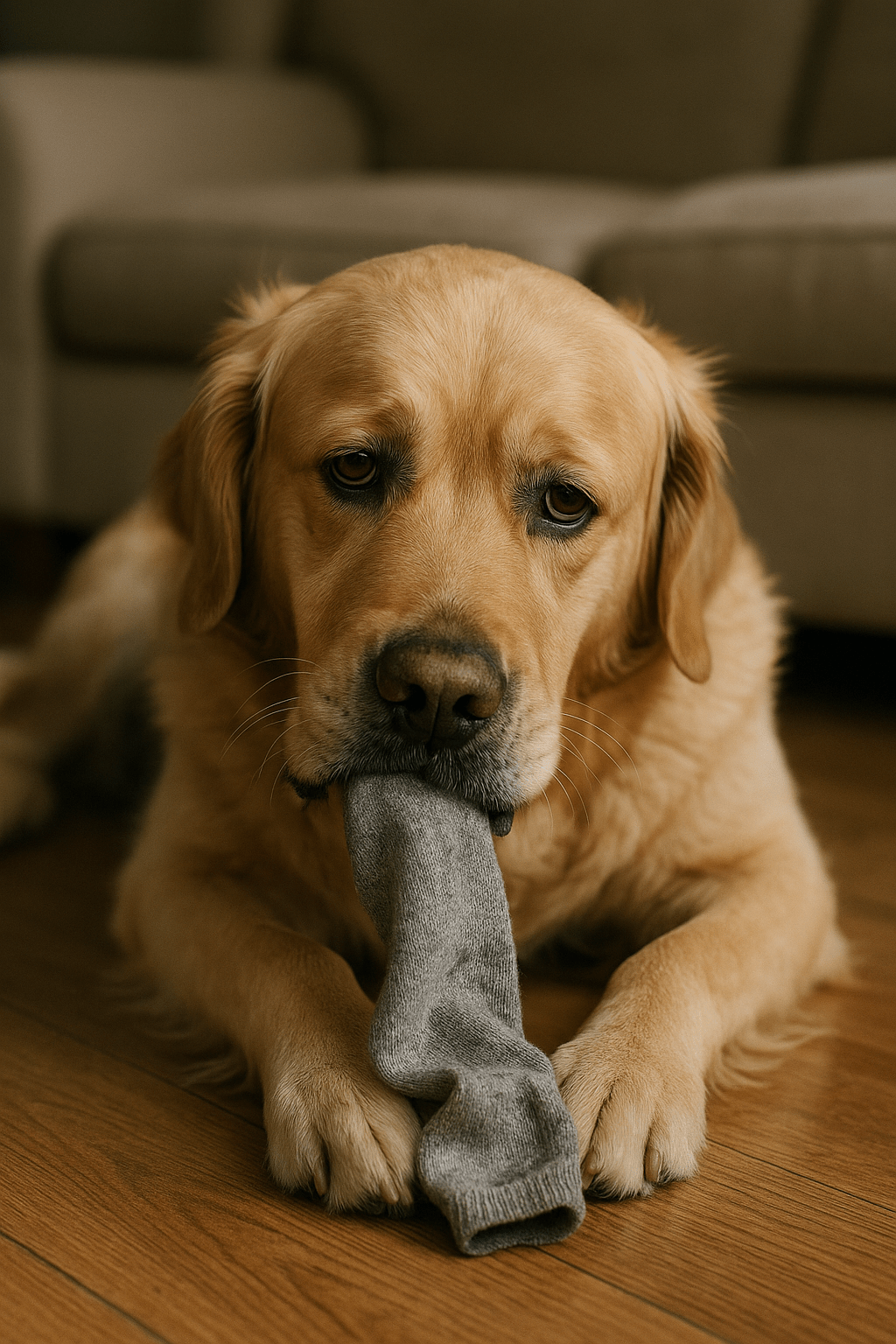
Share:
My Dog or Cat Is Still Itching After Flea Treatment?
Everything You Need to Know About Oclacitinib (Apoquel) for Dogs